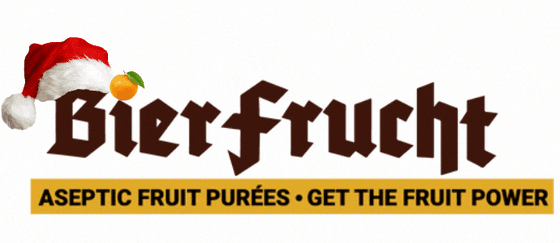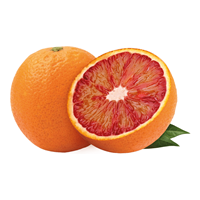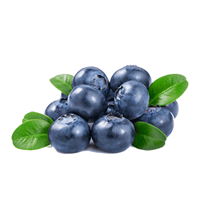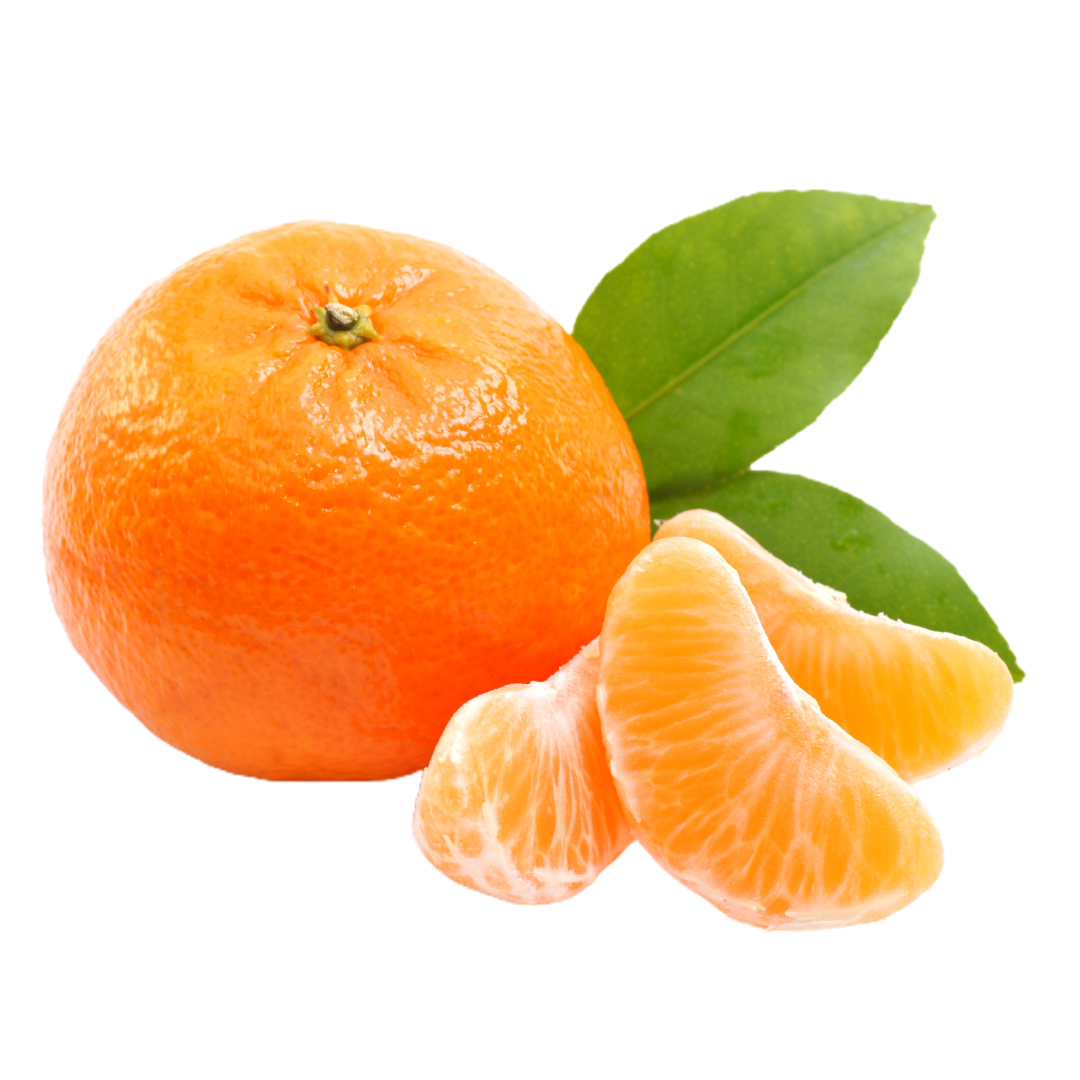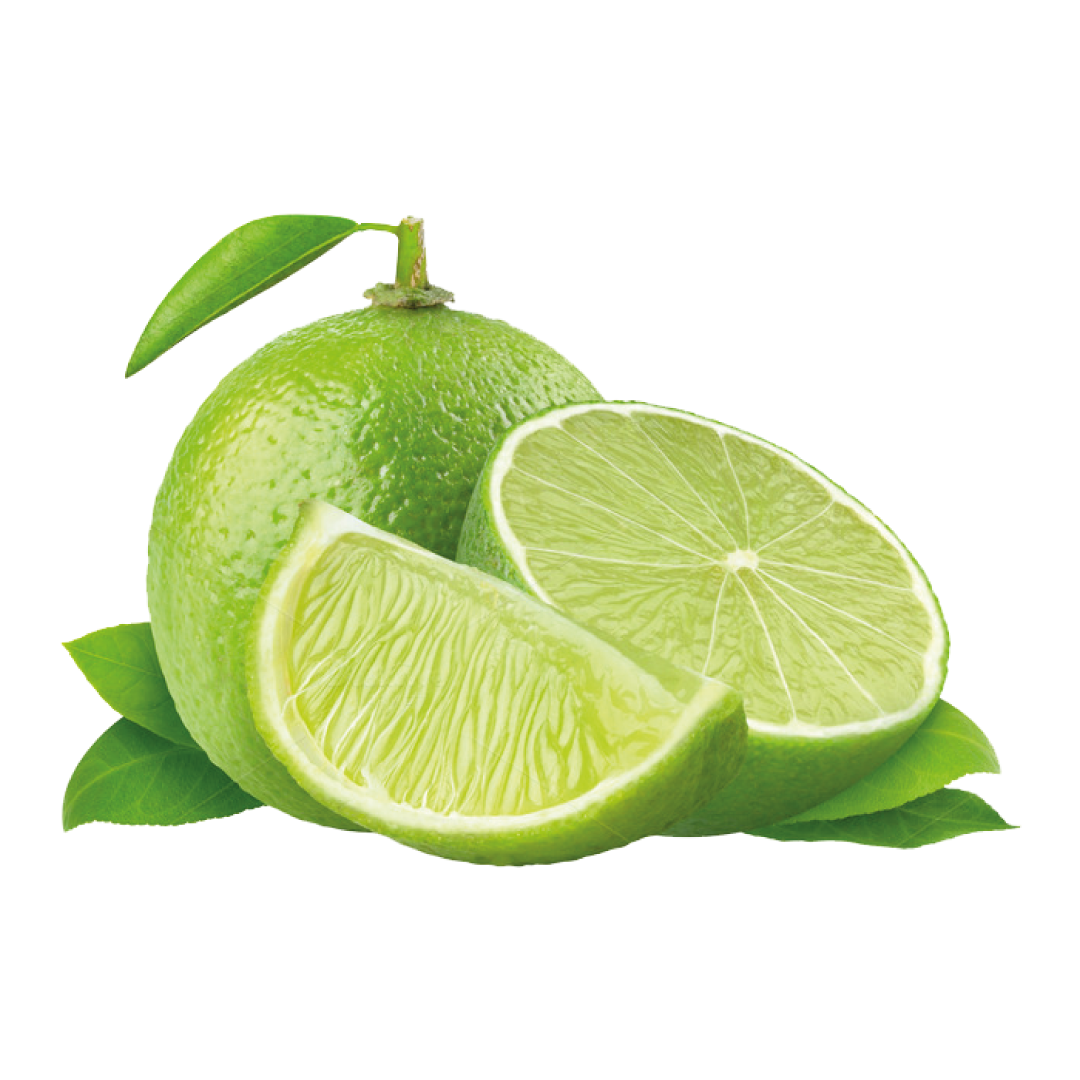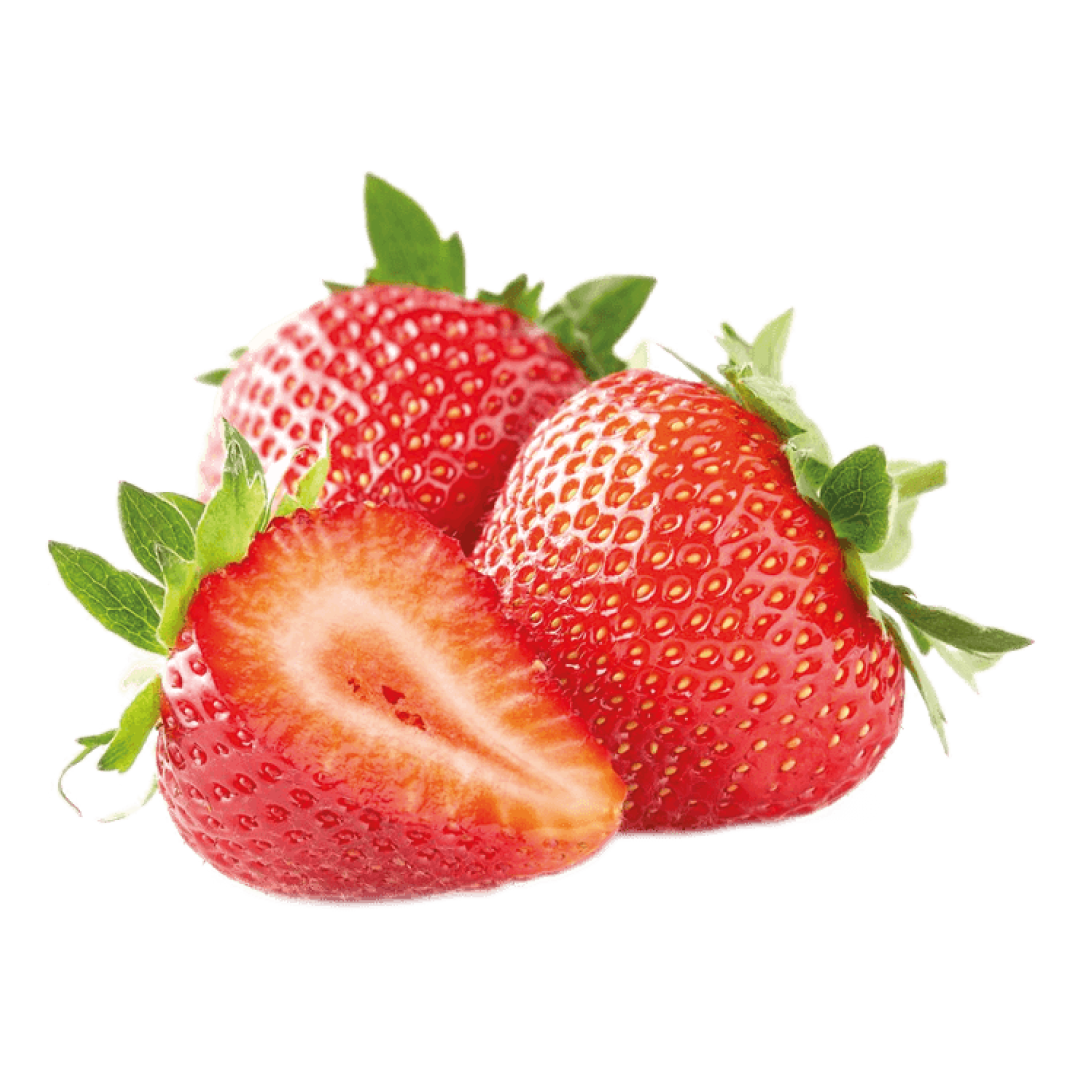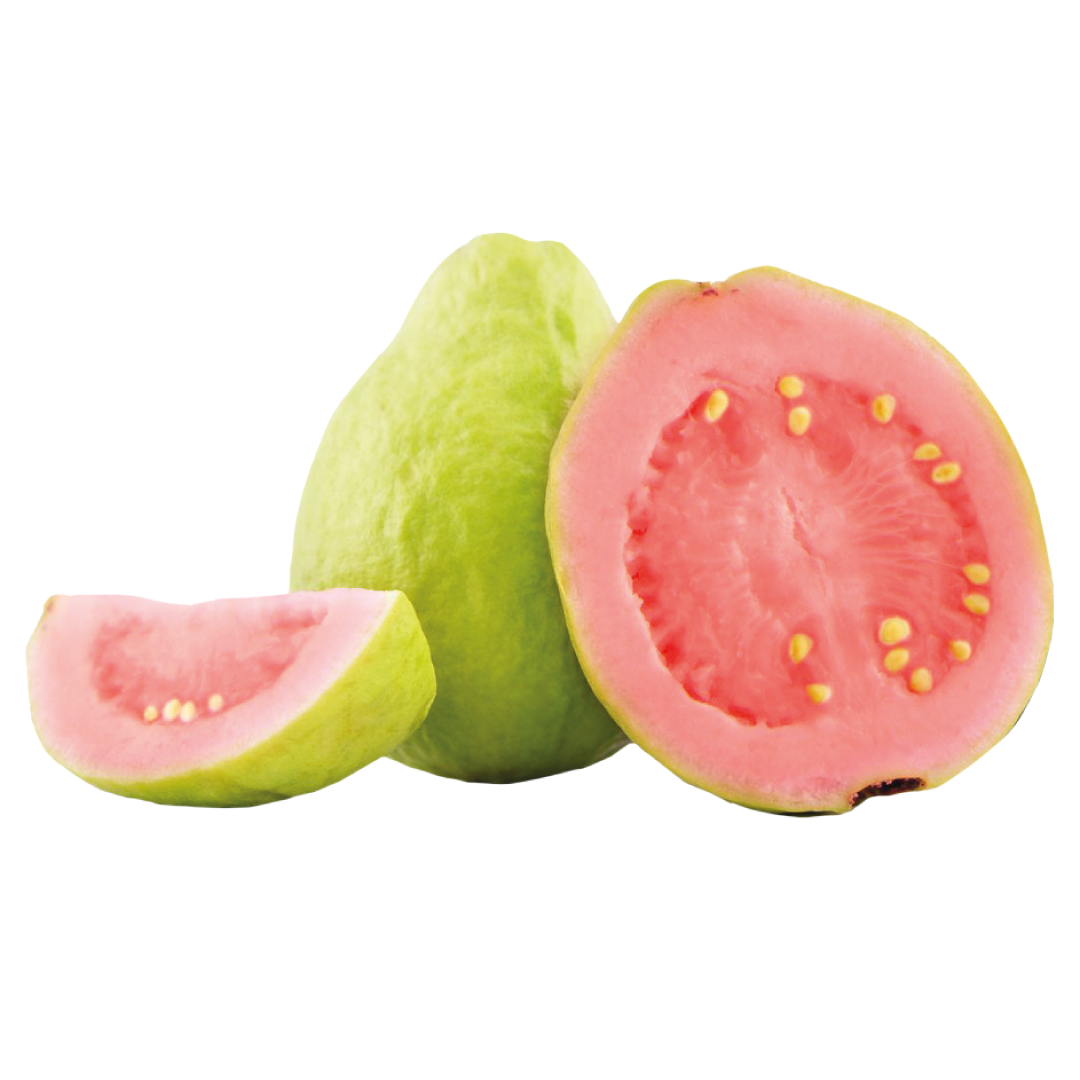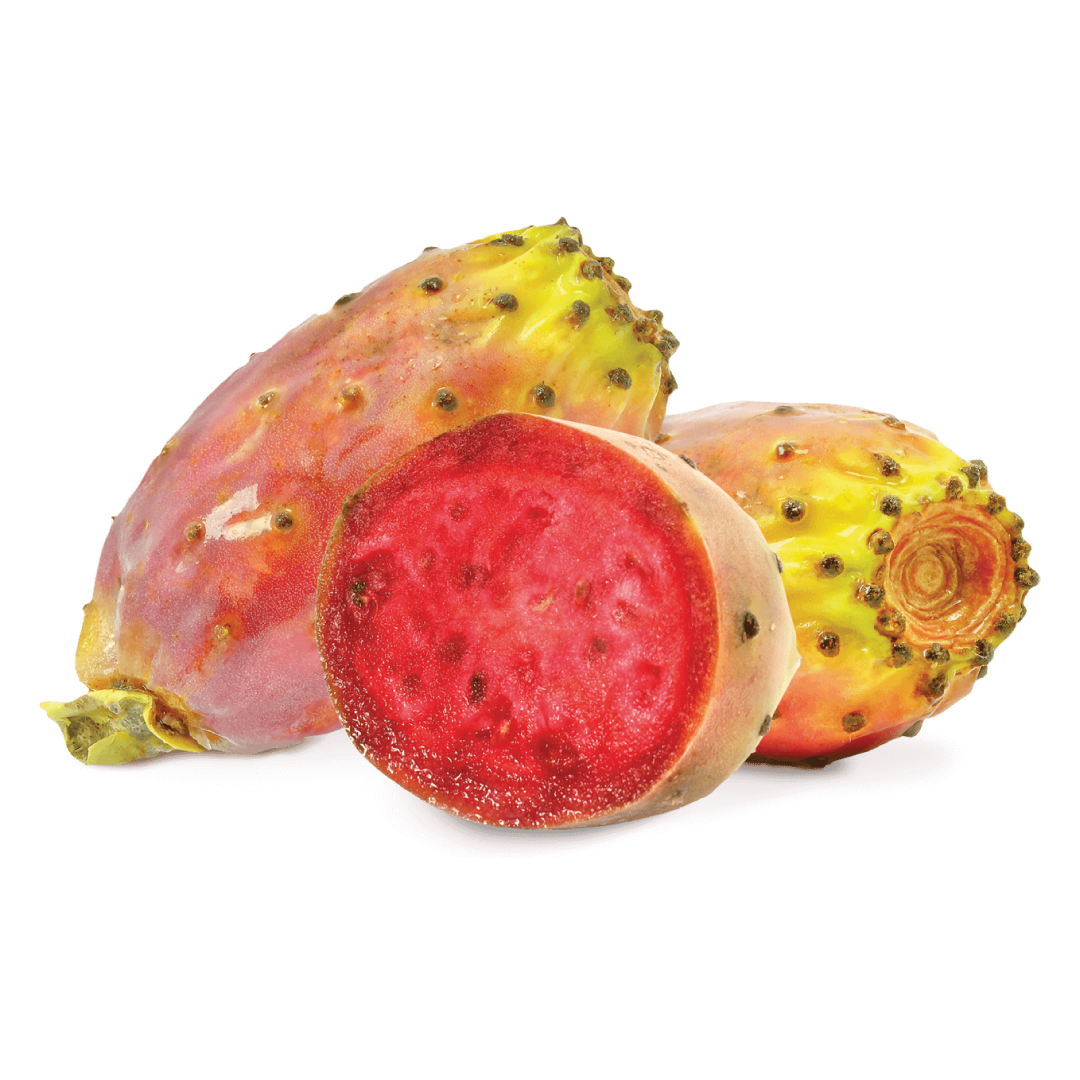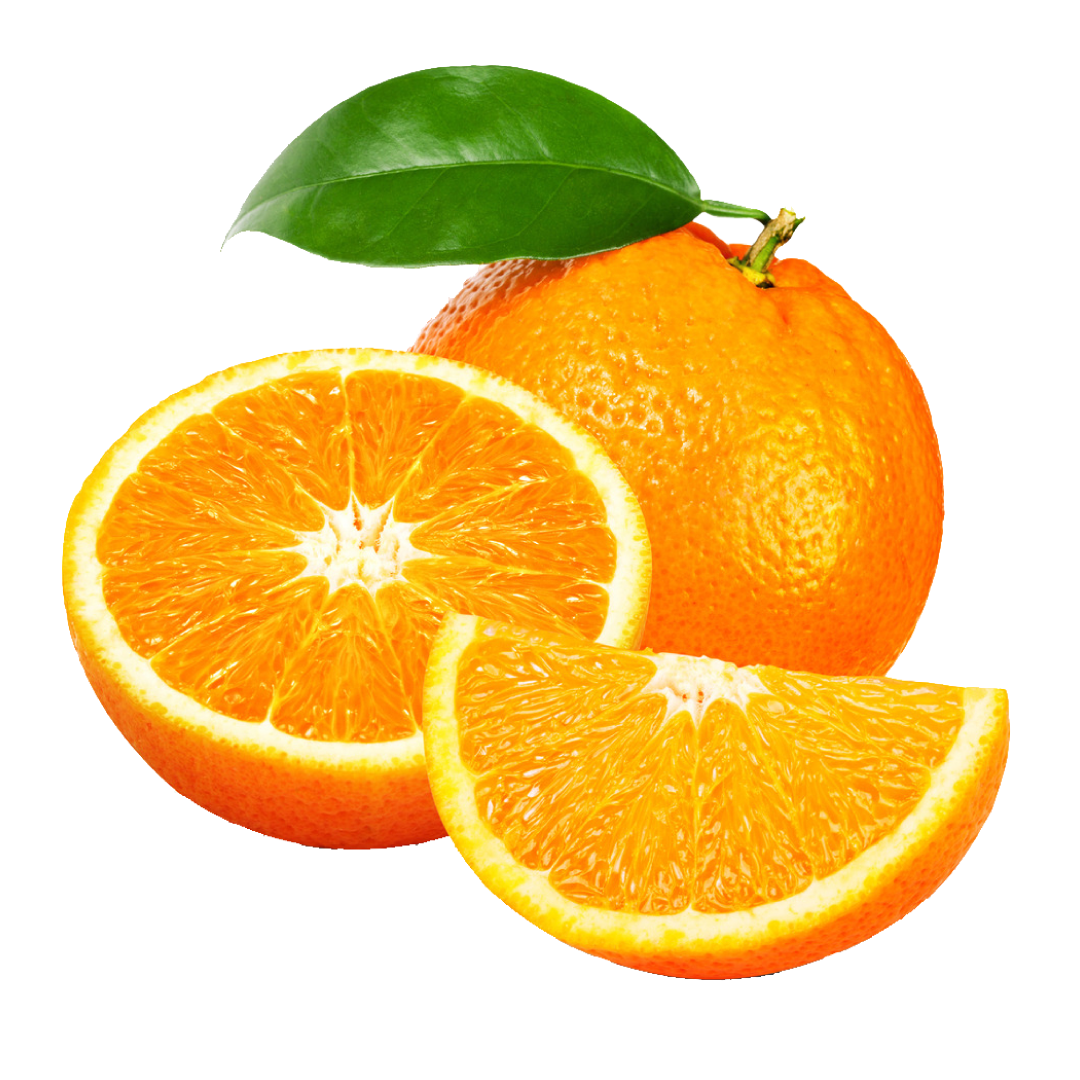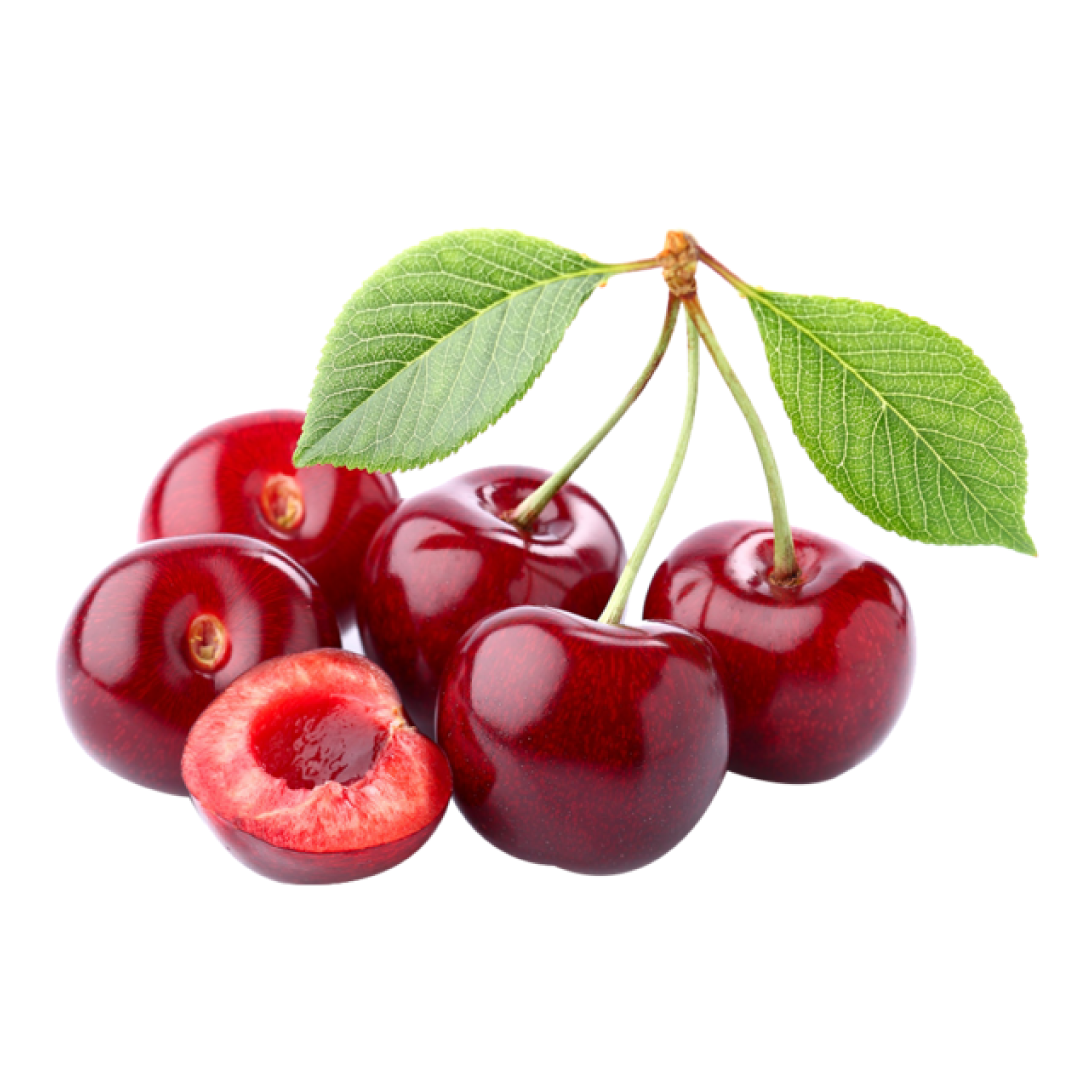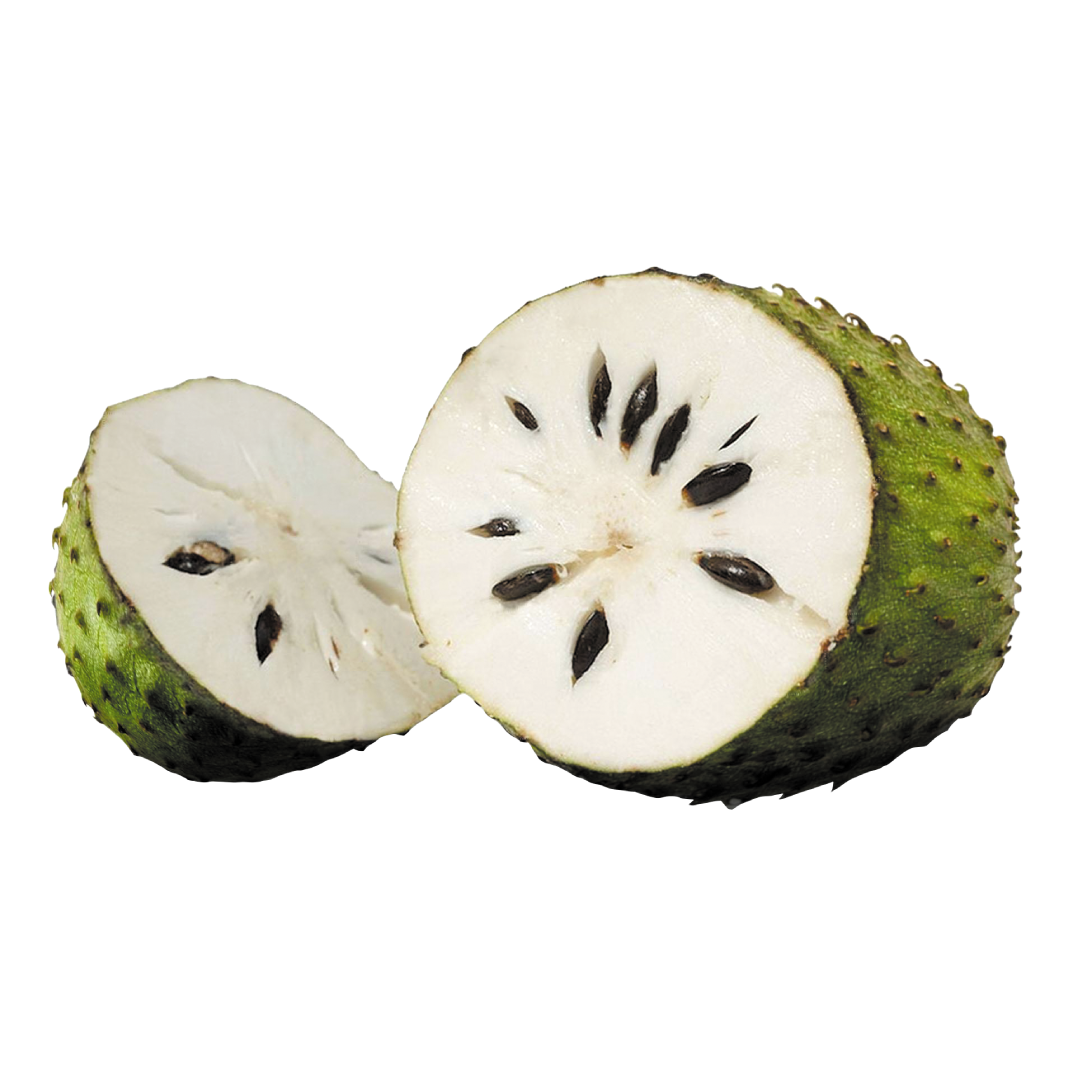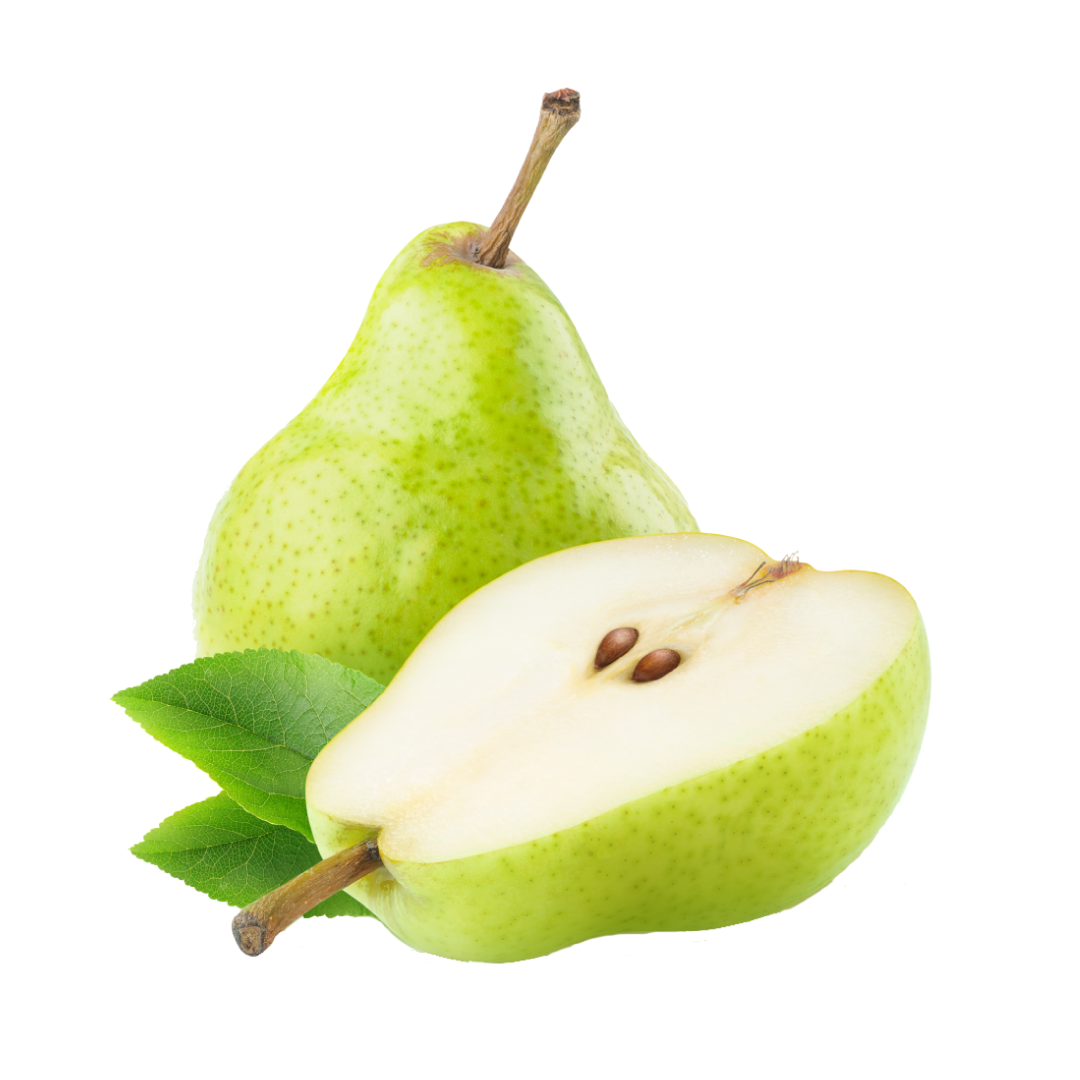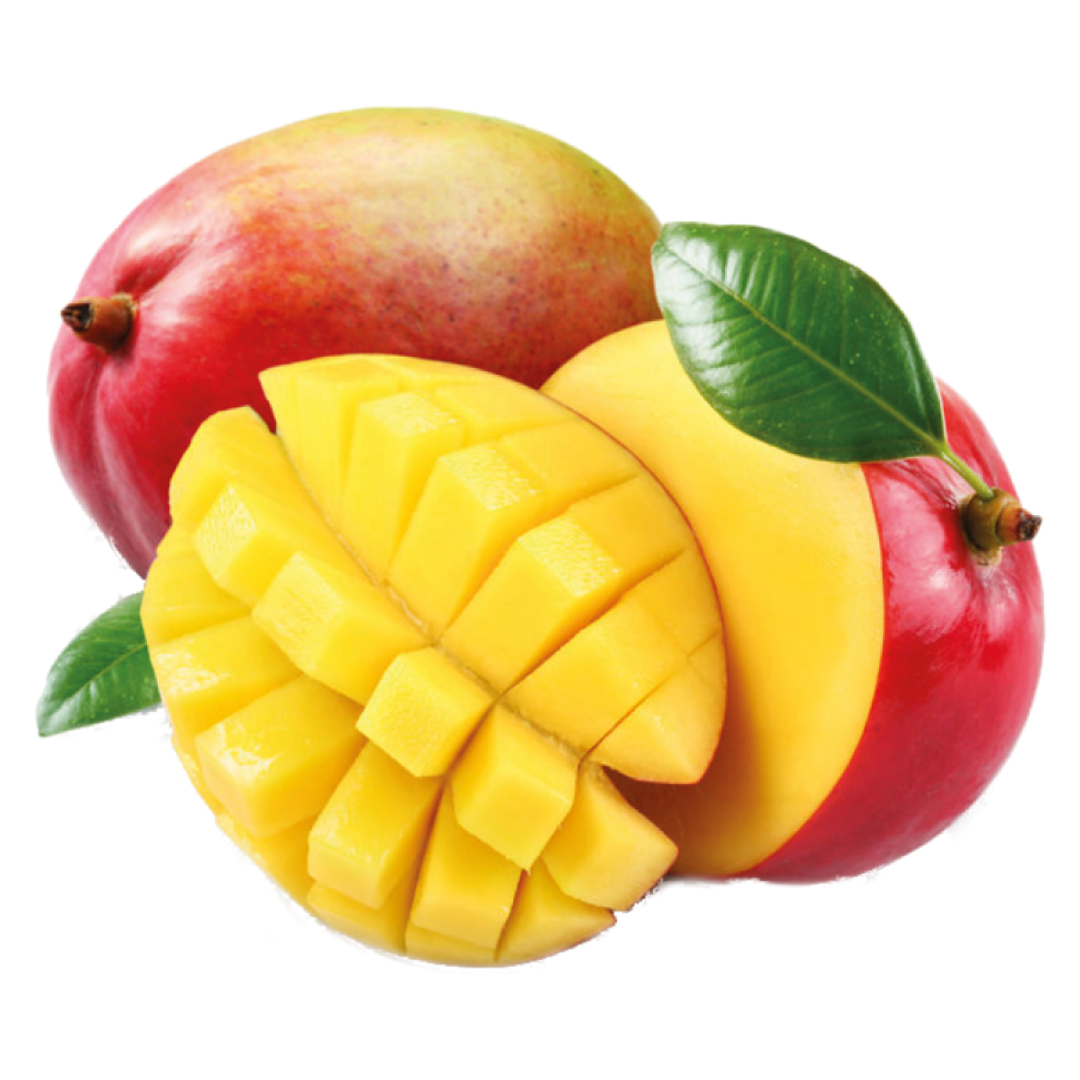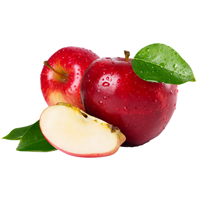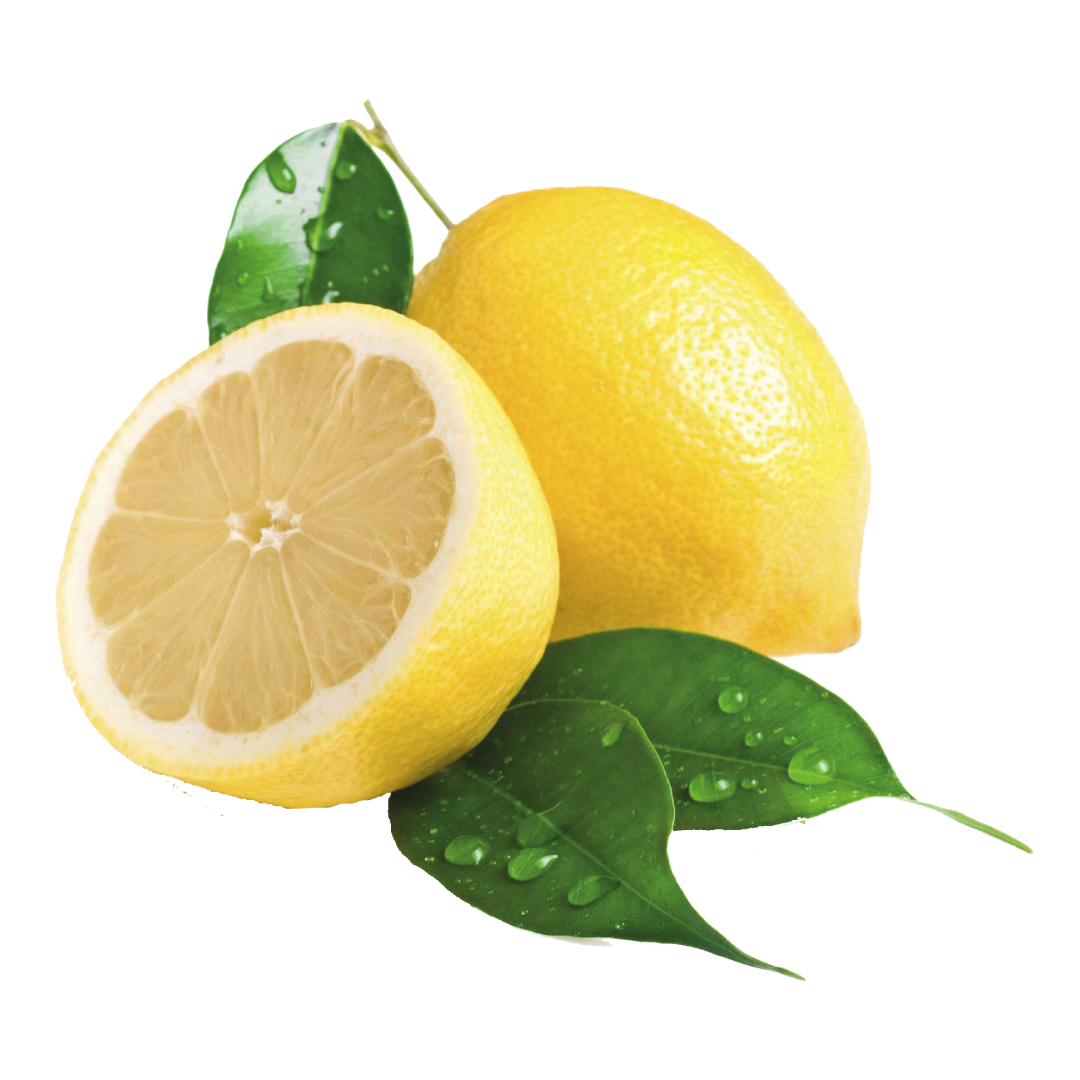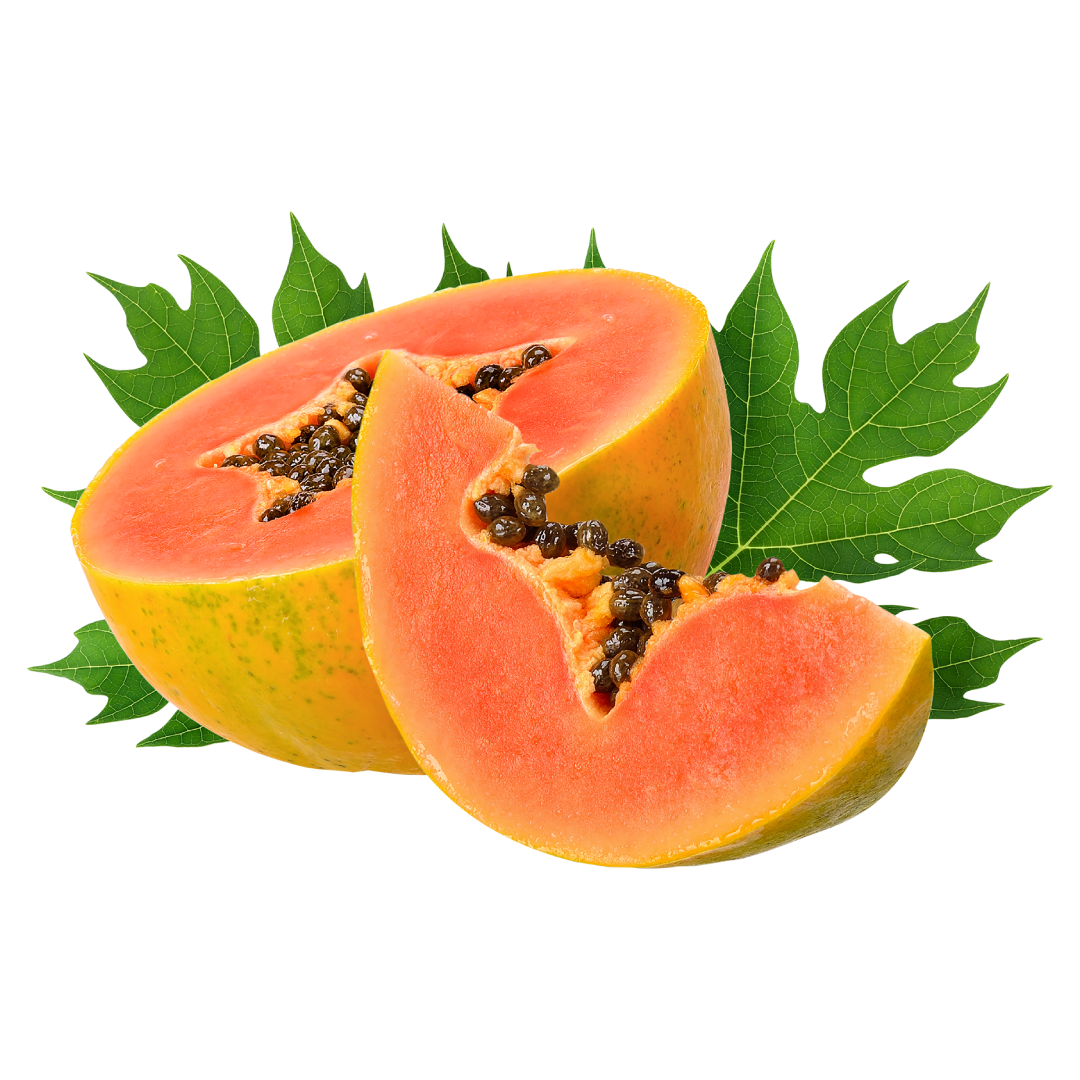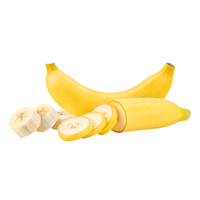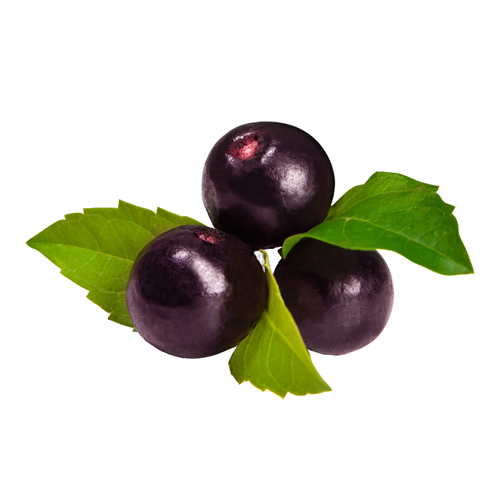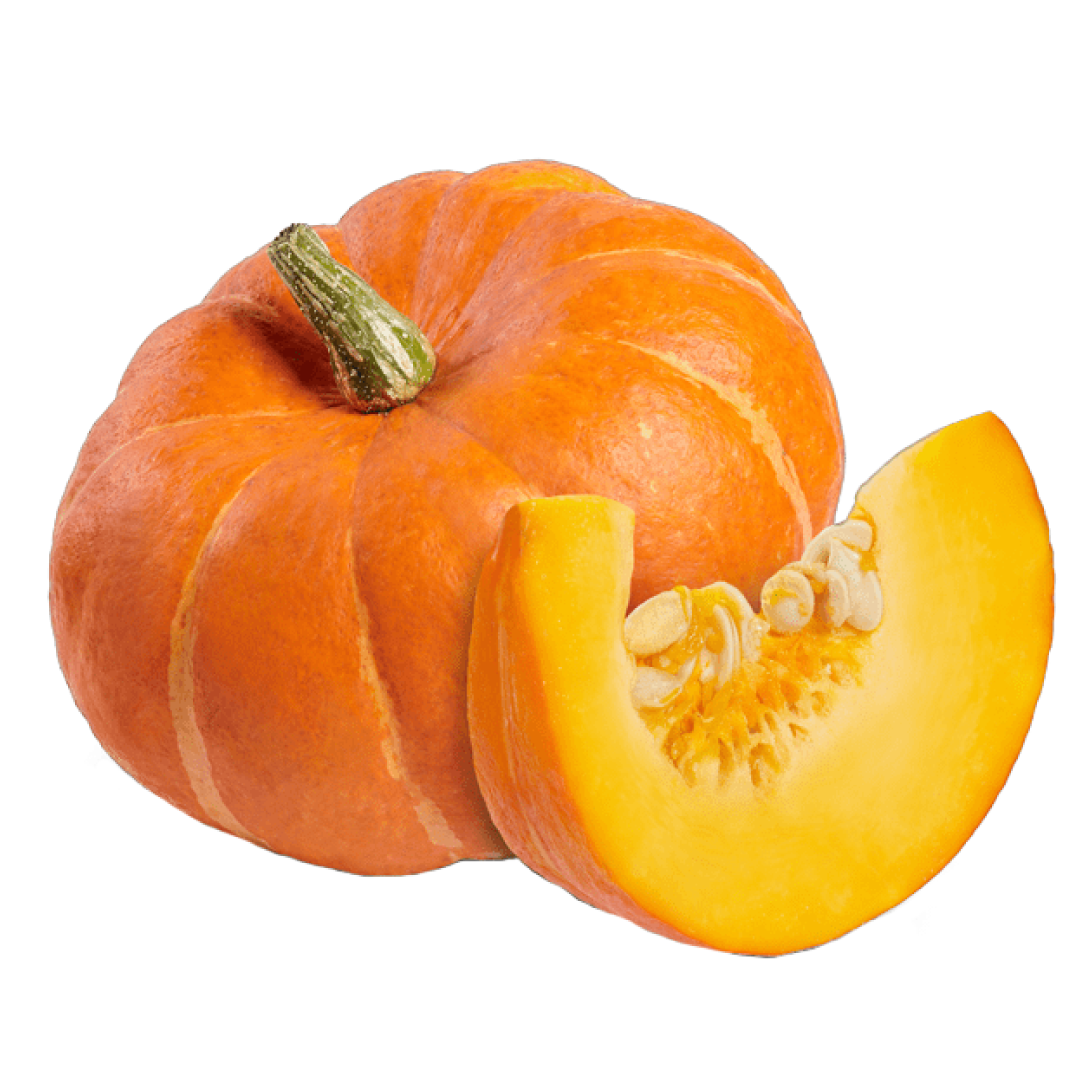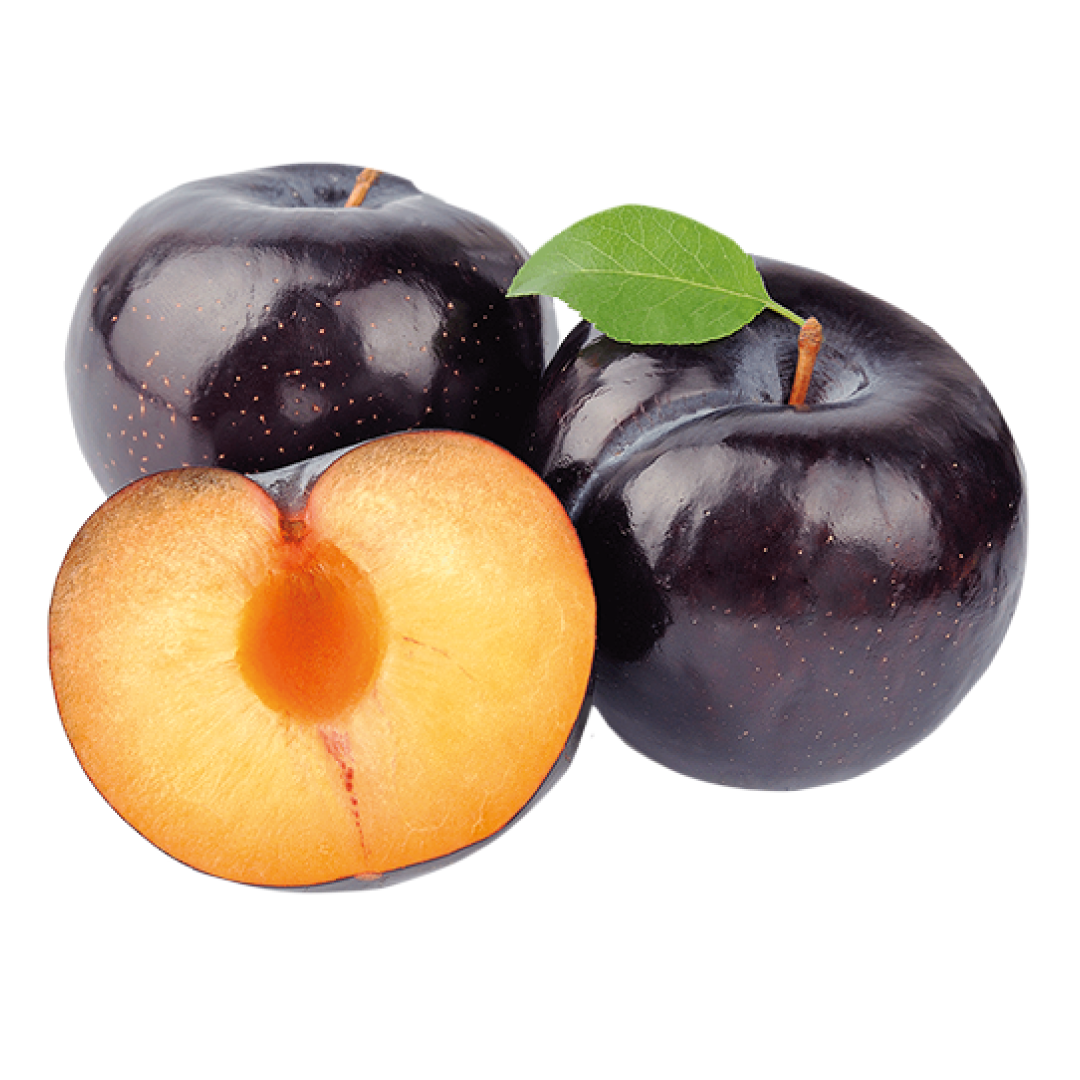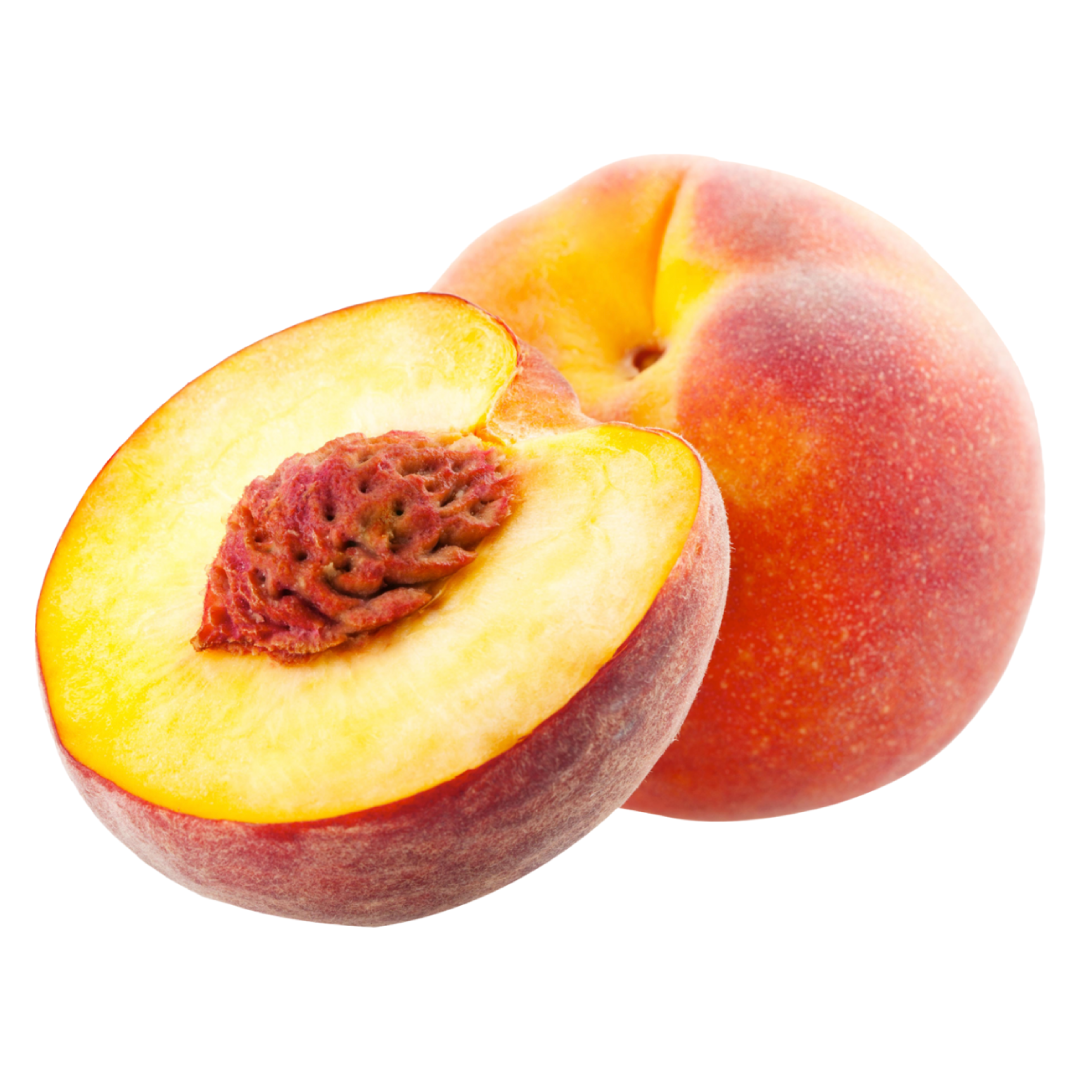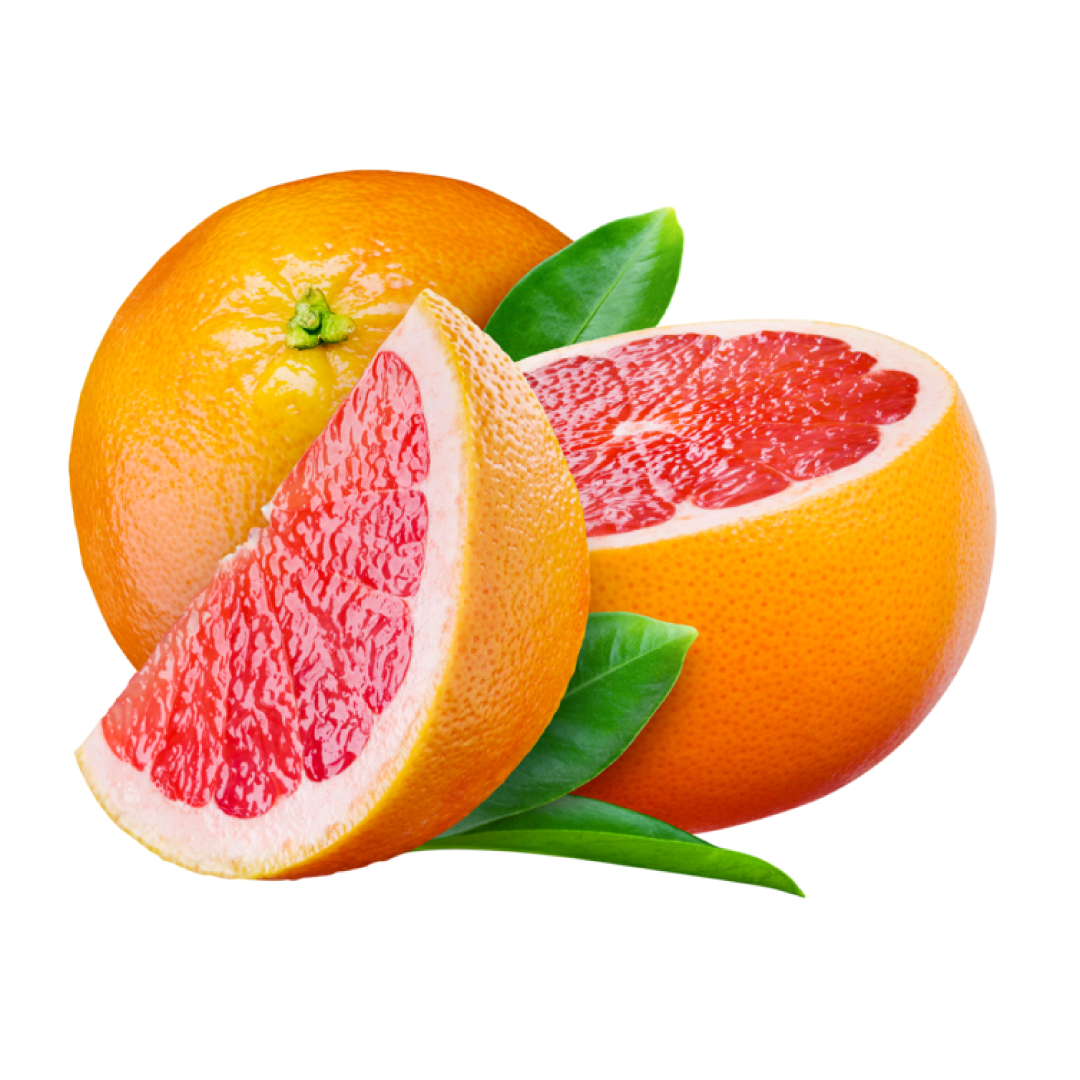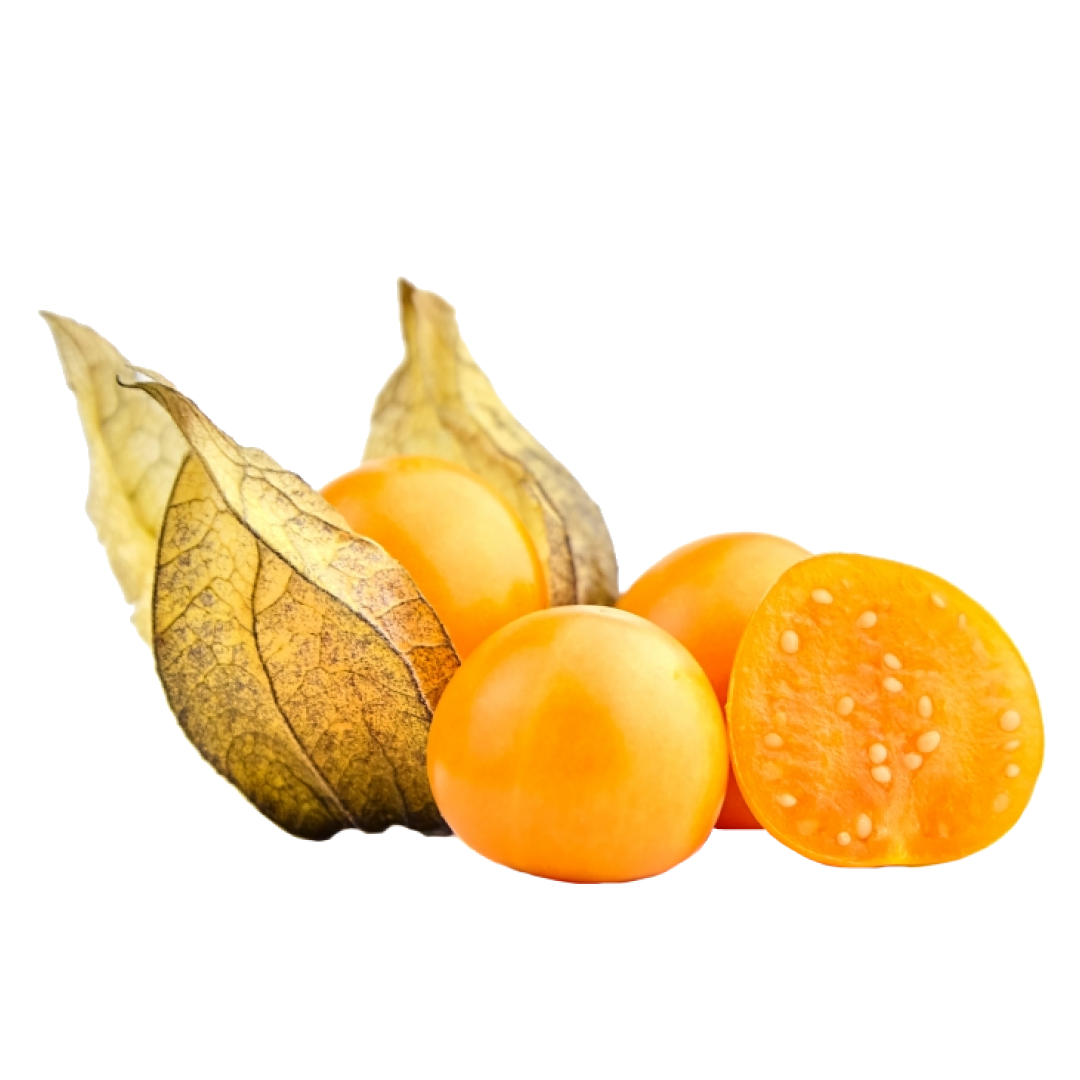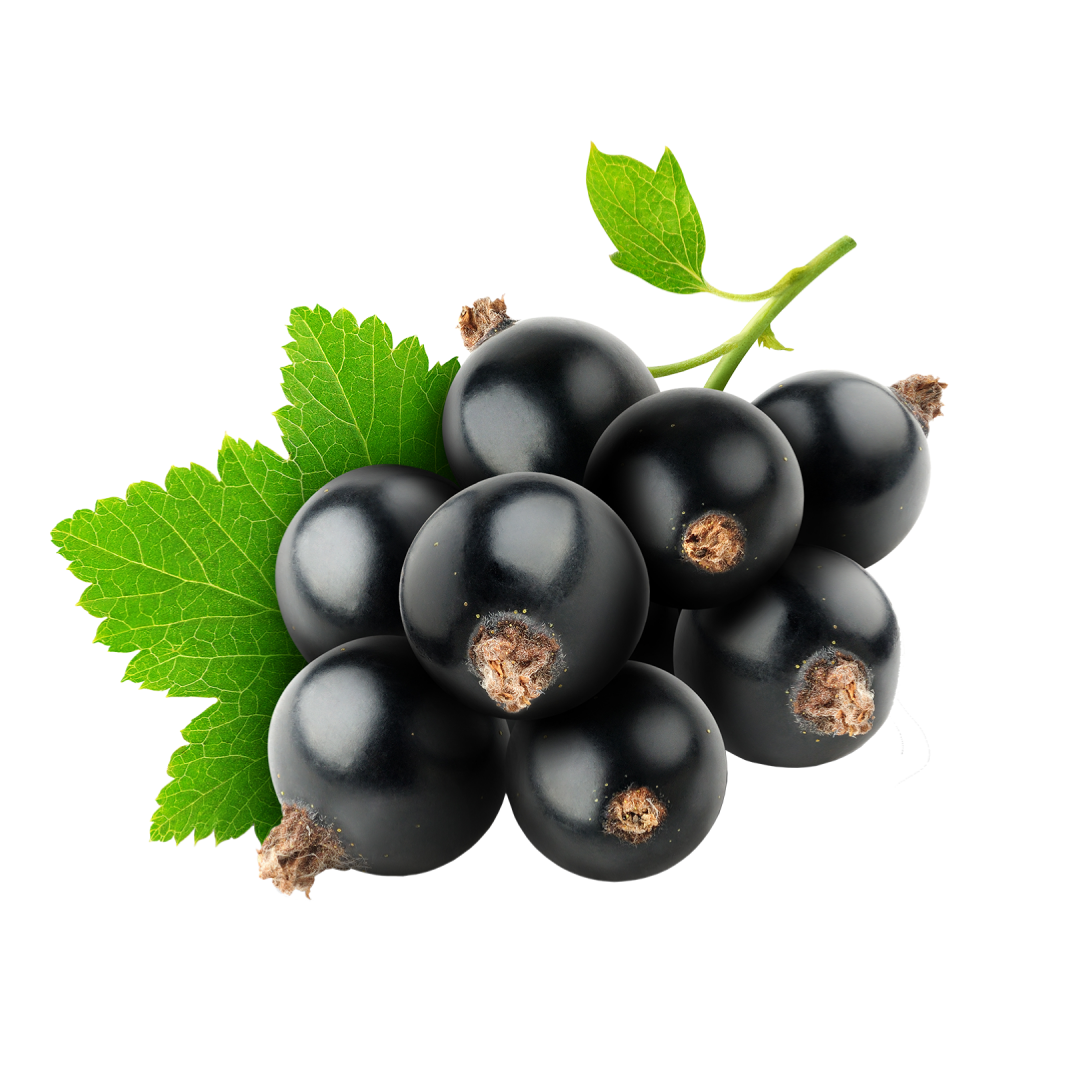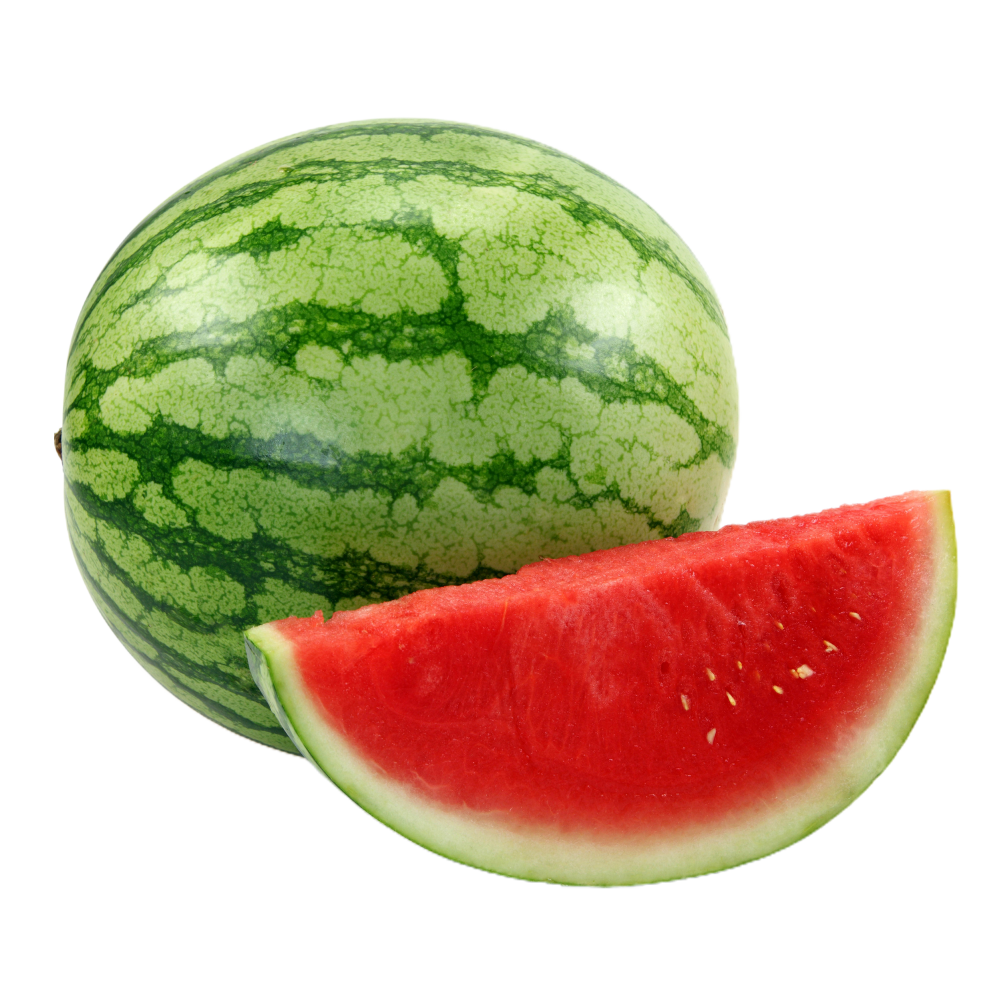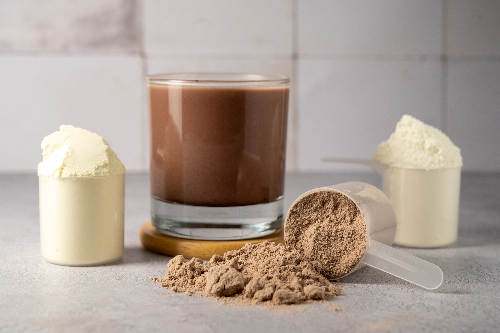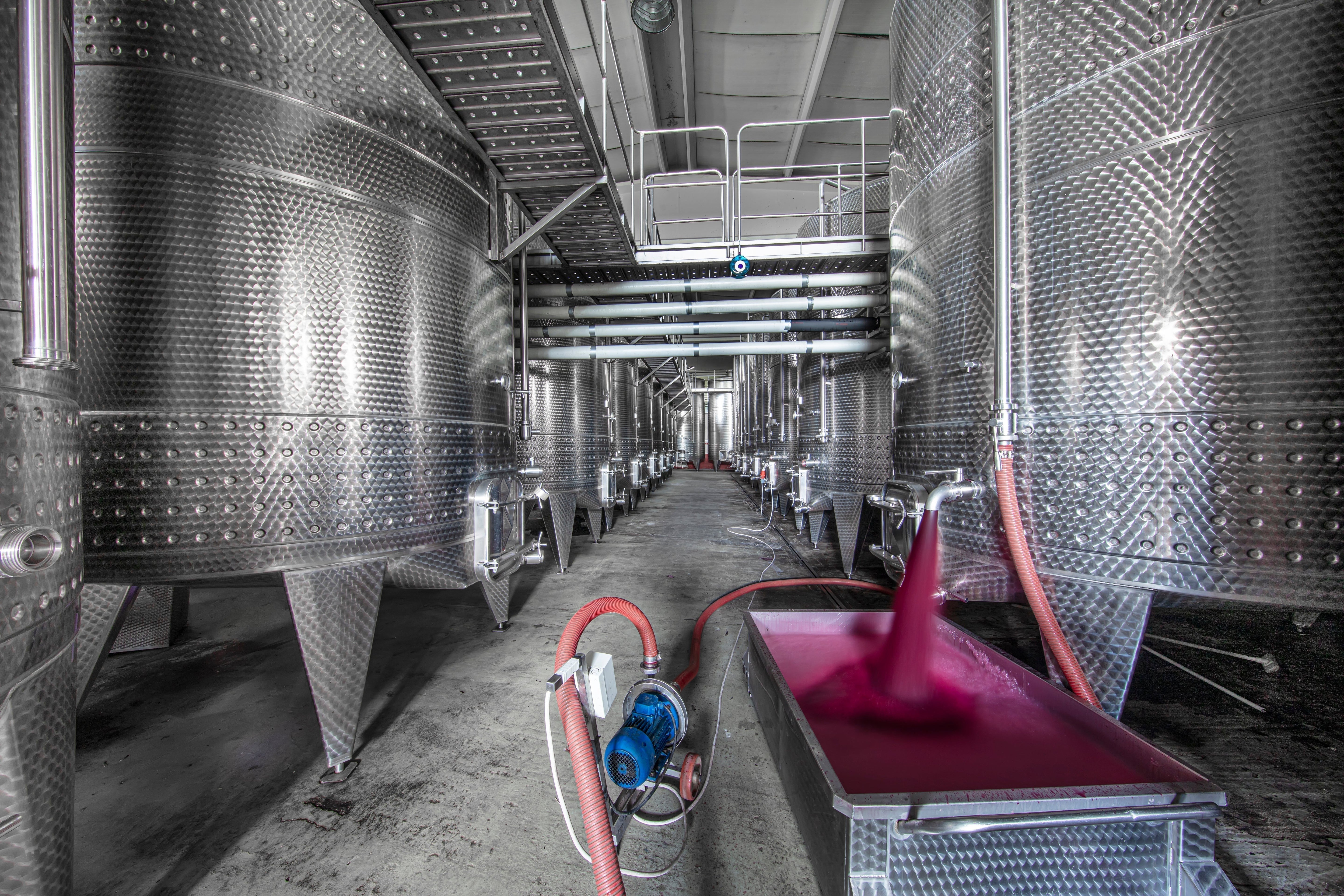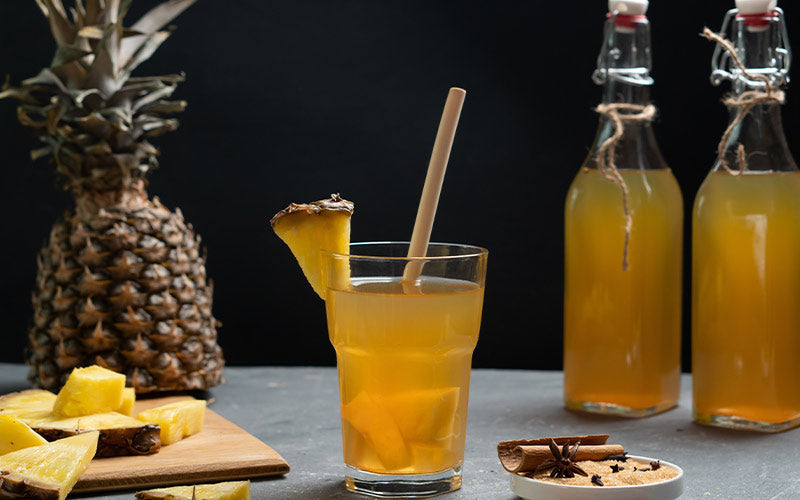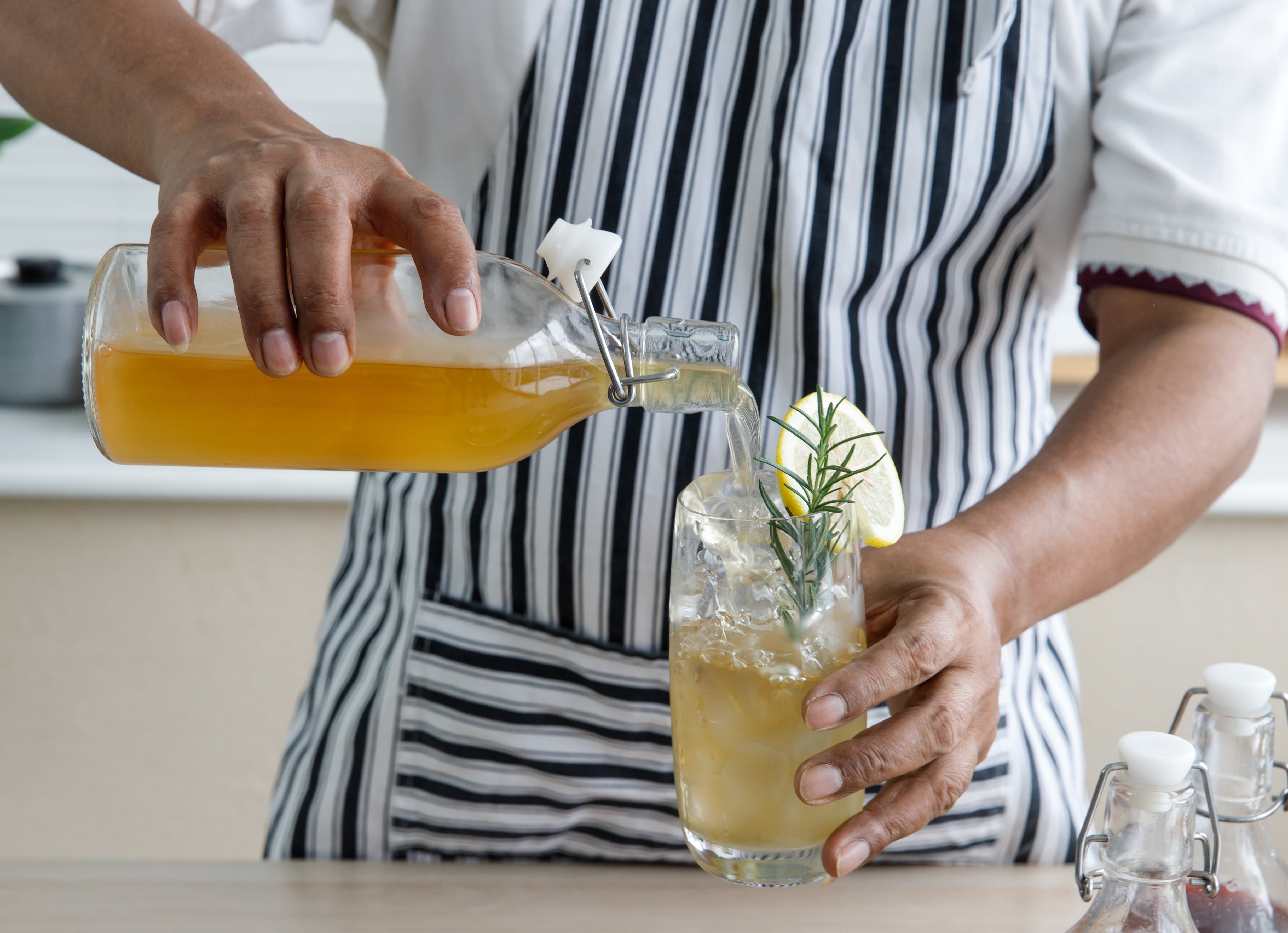High protein smoothies have become popular in the non-alcoholic beverages market, especially in North America. Growing interest in health and fitness has positioned these smoothies as a convenient alternative for consumers.
In this article, we will explore these beverages' industrial processing, production, and best practices to optimize their quality. Read on!
The High Protein Smoothies Market
In the United States, the protein supplement market reached a value of $9 billion in 2023. Moreover, this growth is projected to continue in the coming years. The estimate is $9.88 billion in 2024 and a forecast of $22.58 billion by 2032 (Fortune Business Insights, 2024).
The COVID-19 pandemic also had an impact on changes in the U.S. market. With its arrival, the demand for health and nutrition products to strengthen the immune system increased. This contributed to the growth of the protein supplement market.
How do Producers Develop These Protein Smoothies?
The production of high protein smoothies involves several key processes to ensure their quality and taste. First, seasonal fruits are carefully selected. They not only provide flavor and nutrients but also add a natural freshness to the final product. Juicing is a fundamental step in the preparation of these smoothies. With it, the producers obtain the necessary fruit concentrate to add flavor and texture to the mixture.
Once the juice is obtained, high-quality proteins, such as whey or soy protein, are added. This significantly increases the protein content of the smoothie. It is important to carefully select the ingredients to ensure the purity and efficacy of the proteins used. Producers can also incorporate other ingredients such asmilk, yogurt, or nutritional supplements to further enrich the nutritional profile of the final product.
Required Quality Standards
For an optimal production process, it is essential to maintain high standards of hygiene and quality. In this way, contamination is avoided and food safety is guaranteed. Quality control is not only advantageous for beverage companies but also ensures consumer satisfaction. Thus, customers have confidence in the consistency of taste, quality, and safety of the products. This generates loyalty and, as a consequence, increased revenue (Inspection Managing, 2023).
Companies must strictly follow sanitary standards and regulations to ensure product safety. Additionally, they can implement pasteurization and aseptic packaging techniques to extend the shelf life of the product without compromising its quality.
To optimize the production of high protein smoothies, it is important to invest in modern technology. This results in greater process efficiency and accuracy. For example, automation of certain tasks can help reduce costs and increase productivity.
In the food industry, continuous research and development is also essential. These two points are crucial for innovating and offering products that meet the evolving demands of the market.
The High Protein Smoothies Opportunity
The growing trend toward healthier products opens up an opportunity in the market. Both alcoholic and non-alcoholic beverage producers have the opportunity to uniquely diversify their offerings.
Finally, we invite you to visit our website. Discover how our products can help you create drinks that will delight your customers. From high protein smoothies to carbonated drinks, find everything you need.
Referencias bibliográficas
Fortune Business Insights. (2024, May 13th). U.S. Protein Supplements Market. https://www.fortunebusinessinsights.com/u-s-protein-supplements-market-107171
Inspection Managing. (2023, October 26th). What Is Quality Control in the Beverage Industry? https://www.inspectionmanaging.com/blogs/quality-control/what-is-quality-control-in-the-beverage-industry
